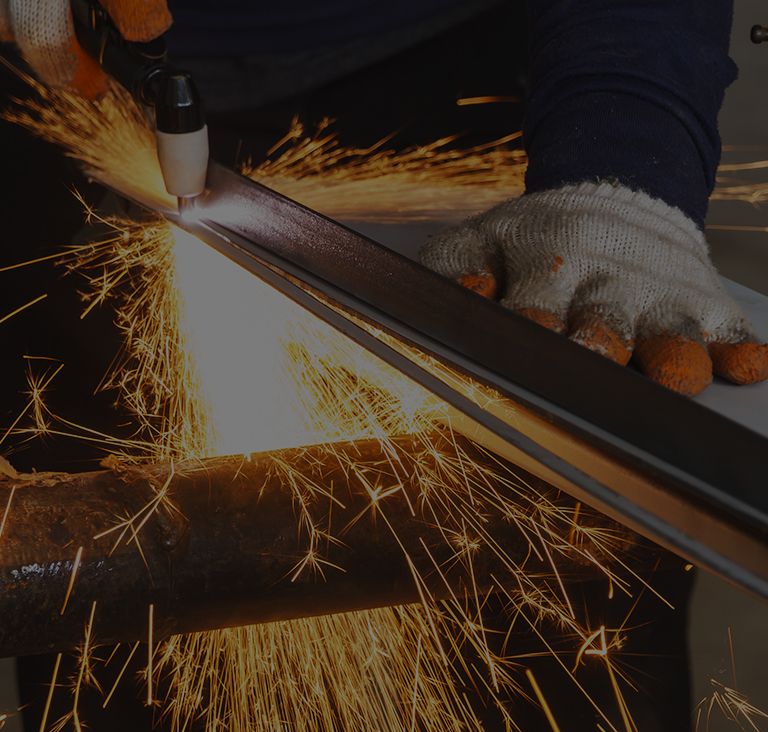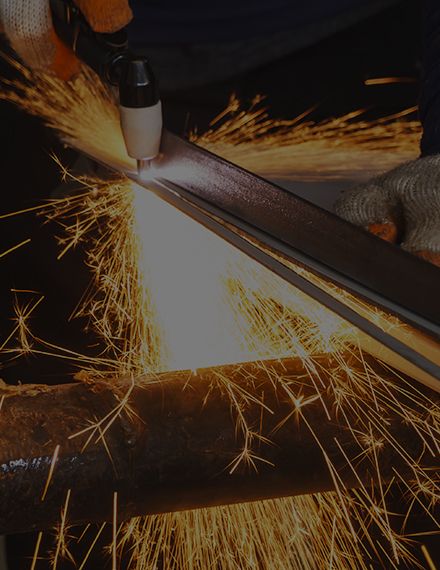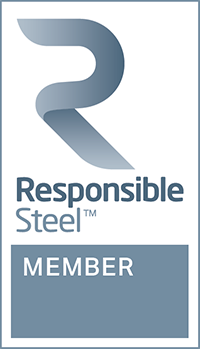Your ultimate guide to understanding the life cycle of steel
In a world that has come to lean increasingly towards sustainable development and environment friendly production processes, steel has a unique advantage. Not only is steel one of the most definitive drivers of economic and infrastructural growth, it is also one of the most recyclable materials in the world. Steel’s endless life cycle testifies to the full scope of this attribute.
It is worth noting that the recycling process does not impact the quality of the steel in any way. Effectively, this means that recycling reproduces new steel from old but does not diminish the efficacy of the new product in any way. This further means that old steel can be used to produce new steel repeatedly, with no adverse impact on the environment. To understand this fascinating process, let us take a closer look at the life cycle of steel.
The endless life cycle of steel
Steel is made up of 98-99% iron. Carbon is added to the iron for increasing the strength and durability of the metal. This means that the life cycle of steel starts with sourcing its raw material through iron ore mining. Steel manufacturing units, however, receive their inputs from many different sources. Apart from the virgin resources received from iron ore, steel sent to be recycled is also used to make new steel.

The steel manufactured in the production plant is sent to manufacturing units which turn them into finished products such as construction materials, automotive parts and packaging material. The post-production scrap from these manufacturers goes back to the steel production plants to be fed back as raw material. Apart from this, steel is recovered from old and obsolete automobiles, demolished construction sites, discarded packaging material and such once they have exhausted their utility in that form. The steel scrap thus collected from all these sources is then sent back to the steel production plants to be recycled.
Production process
Apart from its complete recyclability, the production process of steel itself is also very environment friendly. Much of the residual products generated during the production of steel can be recirculated into the production process. Steel’s production process will soon come to serve as a model for many industries.
Durability Vs Recyclability
Steel’s sturdiness and durability is in fact a major argument against its recyclability. Every steel product being used in the world is likely to remain in use for a very long time before it goes for recycling. At the same time, the demand for steel and steel products is also on the rise. This makes it necessary for new and virgin resources to be made available for production of steel. While this is the situation for now, one may envision that in the future, as the focus shifts to managing existing natural resources, more and more emphasis shall be placed on recycling every salvageable piece of steel that we can.
The Steel Age
Climate change and global warming are already the buzzwords that have started to make the right noise across the globe. The emphasis on a cleaner, greener, and more sustainable world is only likely to grow and we will surely find that steel shall be at the heart of such development.
The strength, durability, sustainability, and the endless lifecycle of steel are all set to make this material one of the vital drivers of development across the world. Having said that, it is also important to emphasise that to be able to exploit this recyclability of steel, both public and private enterprises must develop a culture of reclamation and recovery of steel.
Information sources: SAAB, Steelsustainability.org




